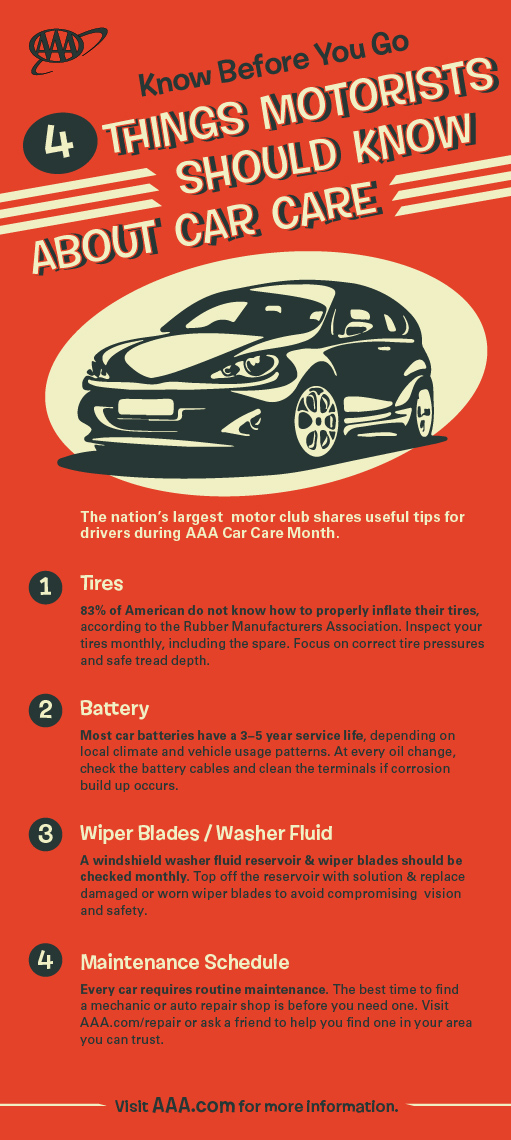A Fundamental Overview To Comprehending The Warning Lighting On Your Car
A Fundamental Overview To Comprehending The Warning Lighting On Your Car
Blog Article
Write-Up Author-Almeida Eriksson
When you're behind the wheel, those little caution lights on your auto's dashboard can be rather puzzling. What do they indicate, and should you be concerned? Understanding these signals is critical for your vehicle's well-being, yet it does not have to be an overwhelming job. By decoding the secret behind each light, you'll be outfitted to handle possible issues successfully and maintain your vehicle running smoothly. So, next time a caution light flashes, don't panic - arm yourself with expertise and take control of the circumstance.
Value of Vehicle Caution Lights
Recognizing the value of your auto's warning lights is critical for maintaining your lorry's health and safety. These lights function as your car's communication system, informing you to prospective issues that might endanger your security on the road or result in pricey fixings if neglected. By focusing on these warnings, you can deal with troubles early and stop additional damage to your car.
Disregarding warning lights can result in severe effects, such as engine failing, brake breakdowns, and even crashes. These lights are developed to alert you of problems varying from low tire stress to engine malfunctions, offering you the chance to act before the scenario aggravates. Regularly inspecting and understanding these warnings can save you time, money, and guarantee your safety while driving.
In addition to maintaining you risk-free, responding immediately to warning lights can also help prolong the lifespan of your vehicle. By attending to concerns early, you can prevent tiny issues from escalating into major fixings, inevitably saving you money and time in the future. Keep in mind, your auto's caution lights are there for a factor - do not disregard them!
Common Warning Lights and Meanings
When it involves driving your auto, understanding common warning lights and their significances is essential for your safety and security and car upkeep. Right here are a couple of common warning lights you might encounter:
1. ** Check Engine Light **: This light suggests an issue with your engine. Maybe something small like a loose gas cap or something much more significant like engine misfiring.
2. ** Battery Light **: This light signals an issue with your cars and truck's charging system. It could indicate a damaged battery, alternator, or other related elements.
3. ** Oil Stress Light **: When this light begins, it means your engine might be running low on oil or experiencing reduced oil pressure, which can cause engine damage otherwise addressed quickly.
4. ** Brake System Light **: This light shows an issue with your stopping system. best auto repair near me might indicate low brake fluid degrees or a problem with the brake system that requires prompt focus.
Understanding these typical warning lights will certainly aid you determine potential concerns early and prevent even more considerable problems later on.
Just how to Respond to Caution Lighting
In case a caution light illuminates on your vehicle's control panel, it's important to respond promptly and appropriately. When a caution light comes on, the first step is to consult your proprietor's manual to understand the particular issue suggested by the light.
Some lights require immediate attention, while others may indicate a less immediate issue. If the warning light is red or flashing, it's usually an indicator of a severe trouble that needs prompt action. In brake repair estimate , it's a good idea to pull over securely, shut off the engine, and seek specialist aid.
For yellow or orange caution lights, while they may not require immediate attention, it's still crucial to address the hidden concern promptly to stop more damages. Routine maintenance and examination can help protect against warning lights from beginning unexpectedly.
Final thought
In conclusion, understanding your vehicle's caution lights is important for keeping your vehicle's health and safety. By on a regular basis examining and replying to these warnings, you can address possible issues early and protect against costly repair services or safety and security dangers. Remember to consult your proprietor's manual for information on various warning lights and constantly take immediate action for red or blinking lights. Keep check out here and maintain your automobile running smoothly!
